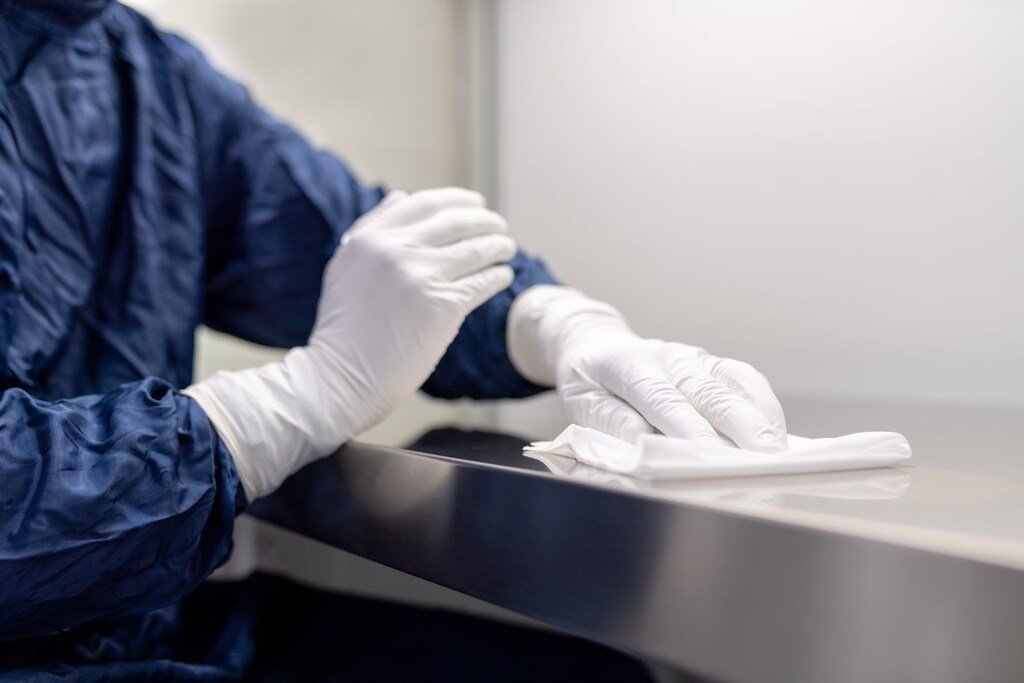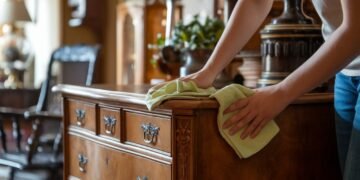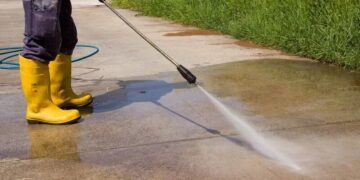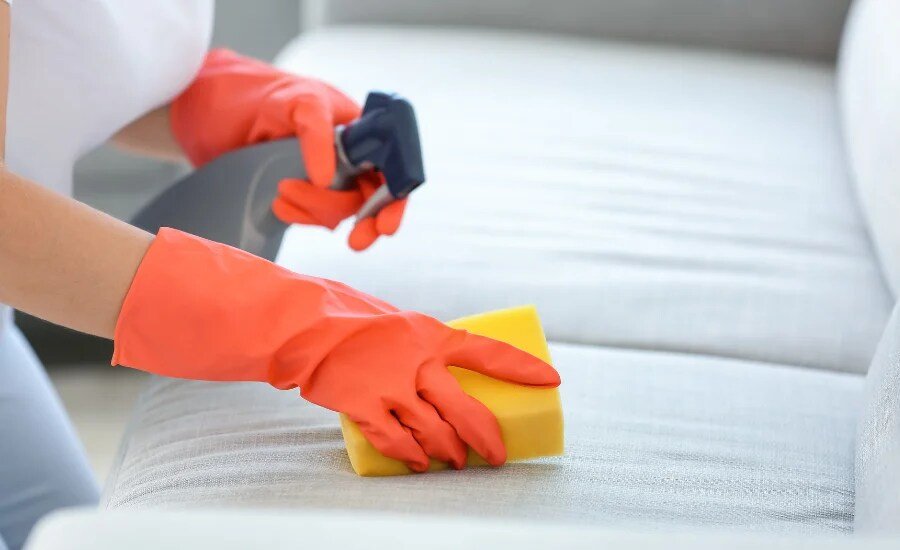Consider the role of rubbing alcohol, scientifically known as (CH 3) 2CHOH. It serves not just as a competent solvent for stubborn stains and impurities but also acts as an eco-conscious ally. As it turns out, rubbing alcohol asserts its eco-friendly credentials not only during use but also after.
Thanks to its biodegradable nature, there is no need to fret about disposal of isopropyl alcohol. Even with frequent use, concerns about bioaccumulation are eased–a reassuring fact for those earnestly pursuing green living alternatives.With every stain it tackles, it reaffirms its commitment to a cleaner environment–bolstering its standing as a vital part of eco-friendly cleaning.
Riding the Alcohol Cleaning Wave
Alcohol’s dynamic potency as a cleaner primarily stems from its eco-friendly trait—gentle on the environment but hard on germs (extremely hard). You see, alcohol–like the solitary knight– fights stalwartly against the rampaging army of germs. It’s a beast when it comes to stamping out bacteria–and the best part is–it doesn’t quit there; it also takes out viruses and fungi without breaking a sweat.
While alcohol reigns supreme in the war against germs, it, unfortunately, doesn’t achieve total annihilation. Various studies, including one published in the reputed Journal of Hospital Infection, reveal that while alcohol is extremely effective, it doesn’t quite reach the 100% germ kill rate. The report states that Alcohol solutions containing 60% to 95% alcohol are most effective.
Alcohol’s Versatility
Not only is alcohol a potent germ slayer, but it also shines on virtually any surface. Picture it as the chameleon of cleaning agents; effortlessly adapting and still effective, whether it’s tackling a greasy kitchen counter, shining up your grimy spectacles, or polishing silverware.
Precautions When Cleaning With Rubbing Alcohol
It pays to remember that there are also some strategy guidelines when using rubbing alcohol. The cleaning battlefield isn’t just about victories; it’s also about shielding oneself from potential harm. When the battle cry for cleanliness rings out and alcohol is the weapon of choice, wielding it with caution is imperative.
Dr. Meredith Goodwin, an expert in household cleaning strategies, suggests always using gloves, ensuring good ventilation, and keeping it away from naked flames. Her advice provides the essential safety blueprint while navigating the path of alcohol-based cleaning.
The Big Debate: 70% or 90% Alcohol?
Deciding between 70% or 90% alcohol is like choosing your battle gear; each has their prominence. While higher concentrations may seem mightier, 70% alcohol often fares better in the wrestling match with germs. Why? Well, the more diluted version stays on surfaces longer, increasing the contact time with germs and subsequently knocking more of them out!
Unleashing the Cleaning Dragon
Armed with your eco-friendly weapon—alcohol—you can embark on virtually any cleaning mission, without actually using any dangerous household toxins that can harm your or your pets’ health. Whether purging your electronics of dust and grime, fighting a rebellion of molds in your bathroom, or launching an attack on stubborn window streaks, alcohol is ever-ready to bring its A-game.
Why Alcohol Matters?
So here’s the tea: The use of alcohol as an eco-friendly cleaning agent tabs into larger debates surrounding environmental sustainability, health, and hygiene. It’s not just about tidying up your space but also about being mindful of our planet and the legacy we leave behind.
Final Words
In today’s world, collar-grabbing the need for environmental responsibility, using alcohol as a cleaning agent, isn’t just an advisable choice—it’s a robust, reverberating statement of care and consciousness.
Recommended Posts:














